Safety in Fukushima
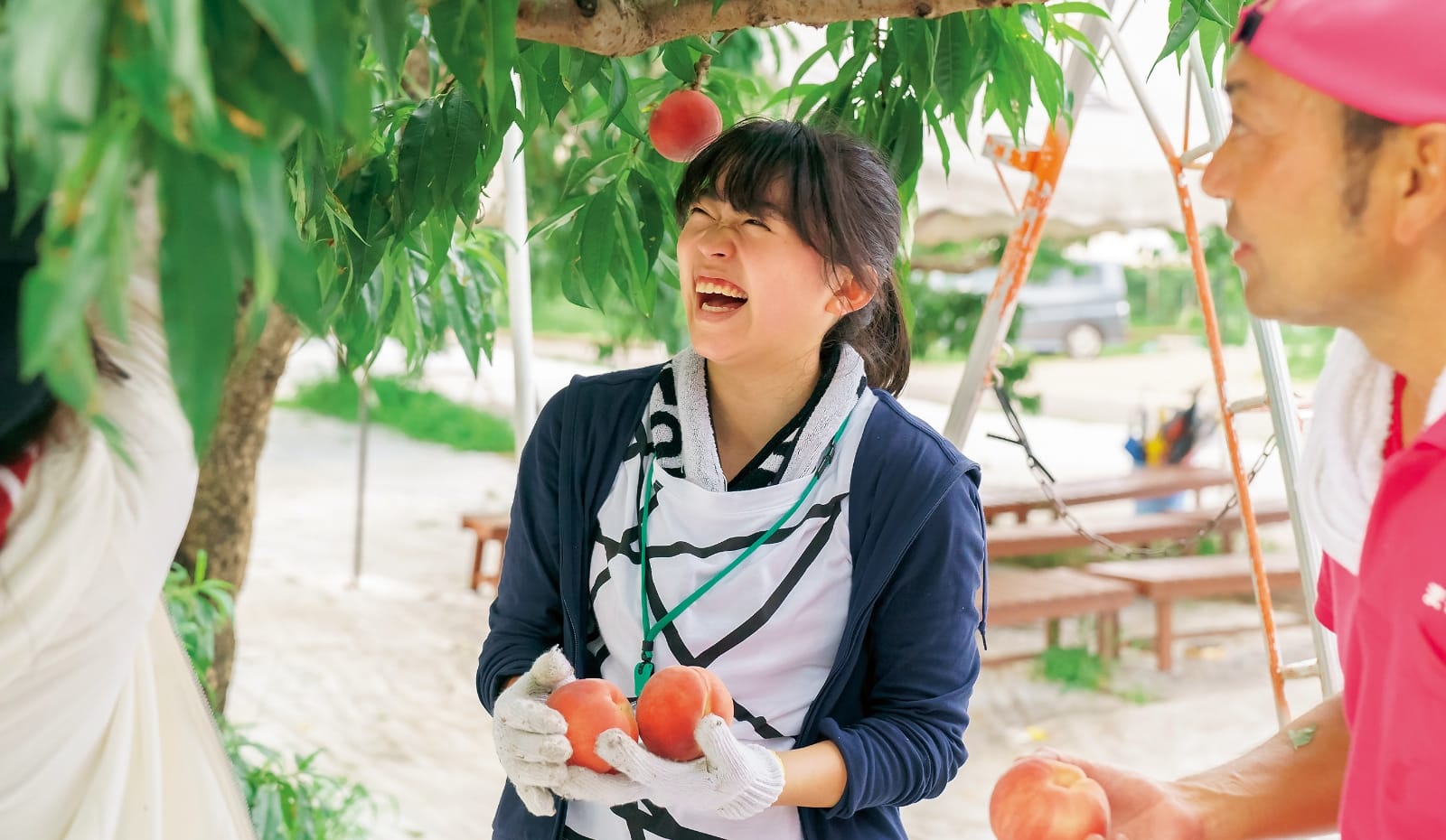
Plan your trip and travel to Fukushima with peace of mind by understanding the latest situation in the eastern parts of Fukushima affected by the 2011 disaster.
Learn about how the whole of Fukushima has recovered over time and has become a thriving tourist destination in its own right.
Table of Contents
Quick Facts about Fukushima
202,660+14.91%
2019 nights spent by international guests (increase on previous year) Source: Japan Tourism Agency
No.3 out of 47
Fukushima is Japan’s 3rd largest prefecture.
432 Tons+51.5%
Agricultural produce exported overseas in FY2021 (increase from the previous year) Source: Fukushima Prefecture Government
9 Consecutive Times
Consecutive times that Fukushima Prefecture has won the most Gold Medals at the Annual Sake Awards, as of 2022.
Background to the disaster
At 2:46 pm on March 11, 2011, a magnitude-9 earthquake struck off the Pacific Coast of Japan's Tohoku region, causing a powerful and deadly tsunami that inflicted widespread damage and caused meltdowns at three reactors at the Fukushima Daiichi Nuclear Power Station complex.
This nuclear disaster led to the evacuation of over 150,000 people and has had a long-lasting impact on many industries, including agriculture and tourism.
Aftermath & Revitalization
Fukushima was one of the worst-affected prefectures, but over the intervening years, it has managed to take bold steps toward prefecture-wide revitalization.
Thanks to decontamination efforts and a gradual decline in airborne radiation dose rates, among other factors, the area of Fukushima under evacuation orders was reduced from 12% of the prefecture in 2011 to 2.2% in 2024.
Nowadays, atmospheric radiation levels in most areas of Fukushima Prefecture are similar to those of other major cities around the world, making it safe for visitors and residents.
People in Fukushima continue to work tirelessly to revitalize their hometown, despite harmful rumors and misinformation. The prefectre is now thriving thanks to the resilience and courage of its people, as well as its visitors - both domestic and from overseas - who flock to experience the natural beauty, history, and culture of Fukushima.
Map of the Restricted Entry Zone
Tracking the change over time
See how the restricted entry zone to the east of Fukushima Prefecture has evolved over time.
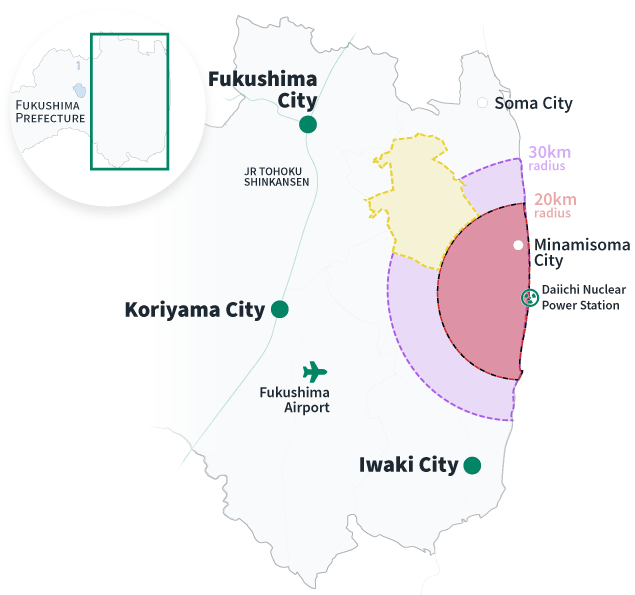
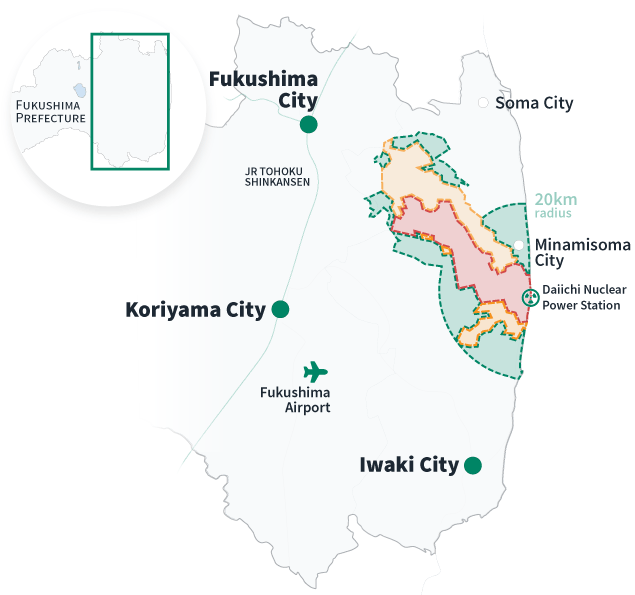
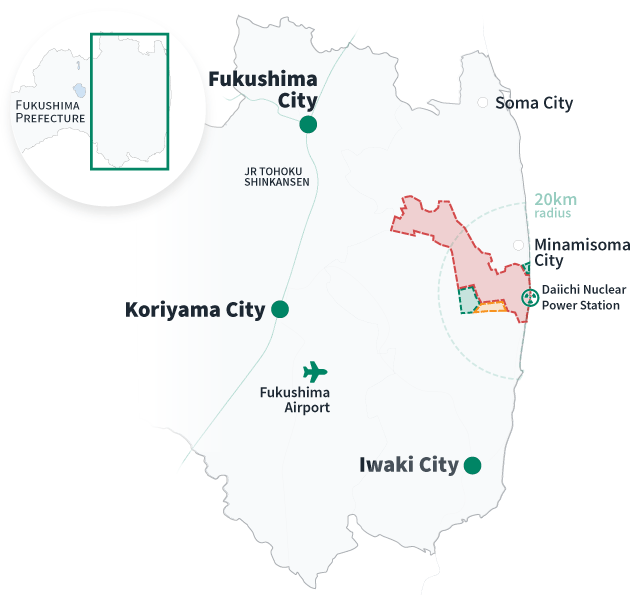
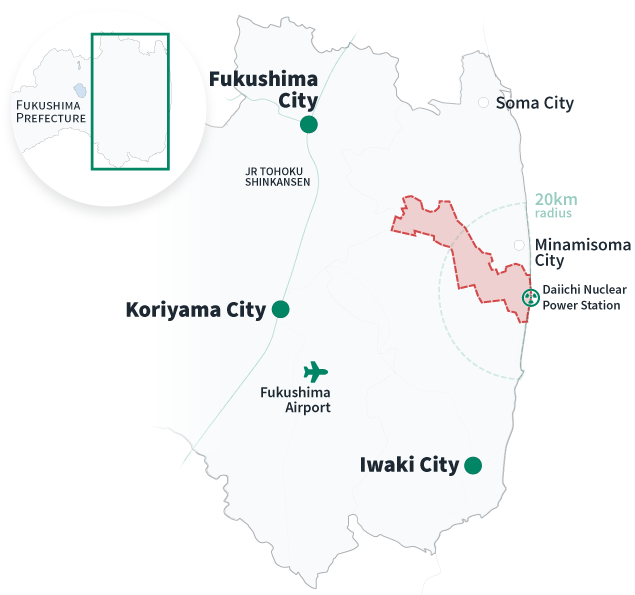
Legend
- Restricted Entry Zone
- Evacuation Zone
- Planned Evacuation Zone
- Emergency Evacuation Preparation Zone
- Evacuation Order Cancellation Preparation Zone
- Restricted Residence Zone
- Difficult-to-Return Zone
FAQs
What are the average radiation levels around Fukushima?
Approximately 3,000 monitoring posts have been set up in schools, parks, and other public facilities throughout Fukushima Prefecture. They display the radiation levels at their location and automatically transmit the collected data wirelessly to a server every 10 minutes, providing a 24-hour monitoring system. To view the results of the measurements, click here.
Sample measurements: 26 April, 2023
| Location | Radiation (μSv/h) |
|---|---|
| Tsurugajo Castle | 0.06 |
| Ouchi-juku | 0.06 |
| Goshiki-numa Pond | 0.07 |
| Tsuchiyu Onsen | 0.08 |
Radiation Level Comparison (μSv, microsievert)
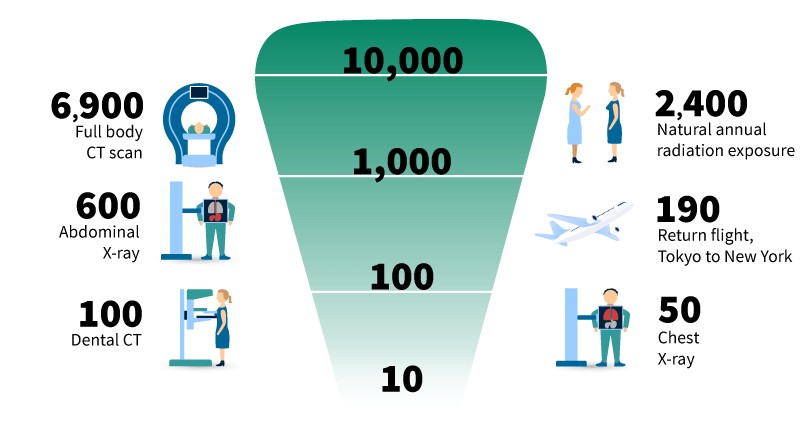
How do these radiation levels compare to the rest of the world?
Radiation Level Comparison: Fukushima and Overseas (μSv, microsievert)
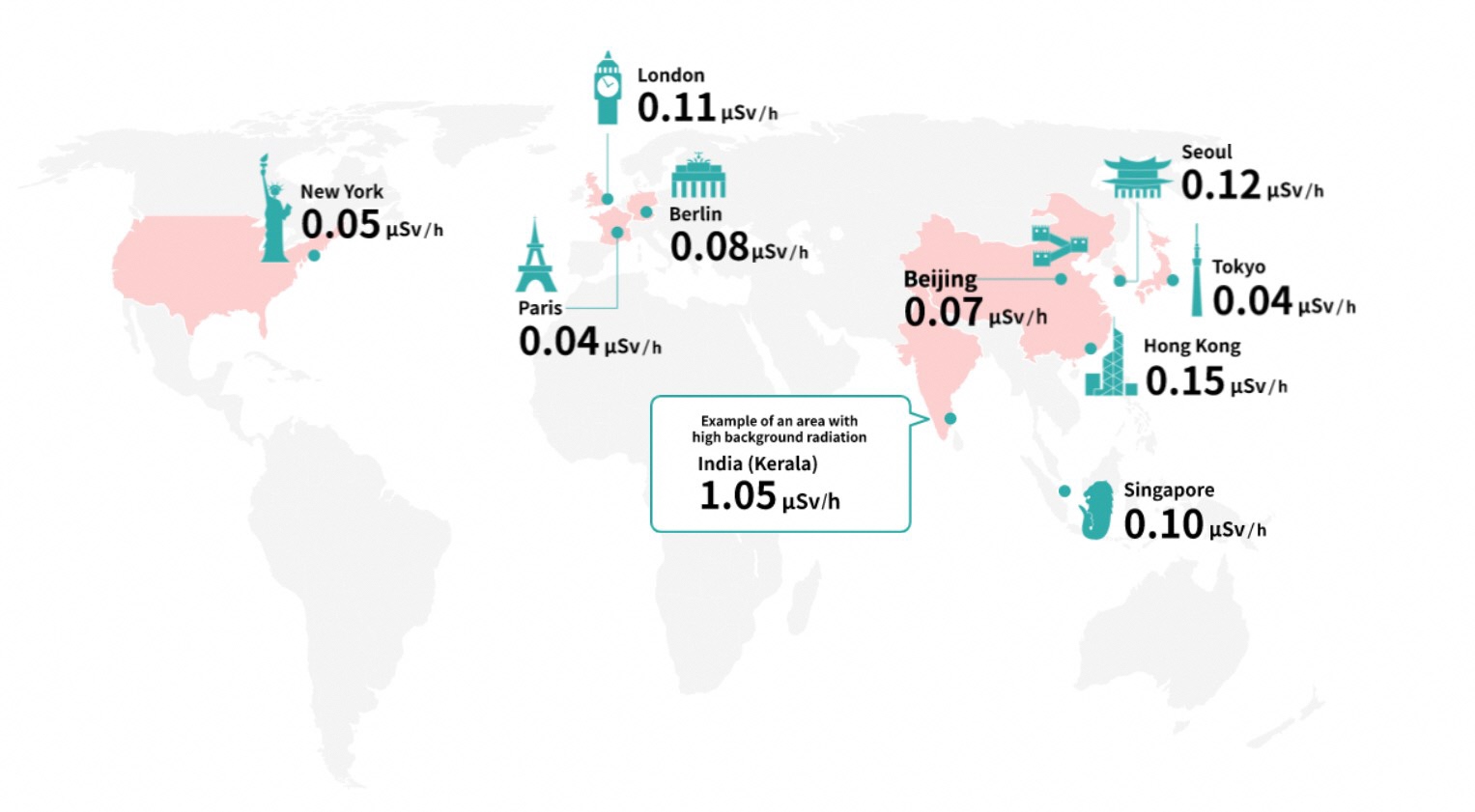
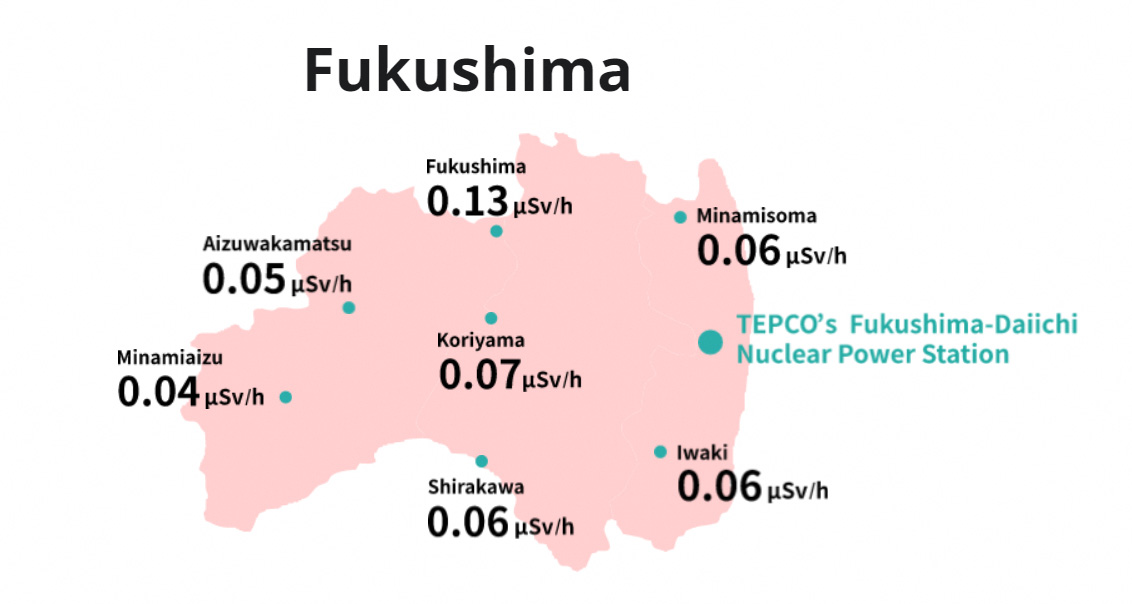
Figures are as of March 2020 in Tokyo, January 2018 in London, January 2019 in New York, September 2019 in Berlin, Singapore, Hong Kong, Beijing and Seoul, and March 2020 in the various locations in Fukushima Prefecture.
Source: Fukushima Updates (Reconstruction Agency)
https://fukushima-updates.reconstruction.go.jp/en/fukushimanow/infographics/index.html
Are agricultural products from Fukushima safe to eat?
Agriculture has always been one of Fukushima prefecture’s specialties. Blessed with good quality soil, clear water sources, clean air and optimal weather conditions, Fukushima is proud to serve some of the freshest and most delicious produce in Japan, and is dotted with orchards, rice fields, and farms.
The nuclear accident severely damaged agricultural activity in Fukushima and decimated its reputation. Immediately after the accident, 55 countries imposed restrictions on imports from Fukushima. Since then, Fukushima has made countless efforts to ensure food safety. In 2012, Japan introduced strict limits on radionuclide levels in food.
Fukushima’s agricultural, forestry, and fisheries products undergo monitoring and must meet the world's strictest safety standards before reaching the shelves. Necessary measures are in place to ensure that foods are not distributed to market if found to have exceeded strict limits.
As of July 2022, restrictions on food imports from Fukushima have been lifted in 43 countries and regions, and Fukushima products are being recognized worldwide for their quality and taste. If you would like to know more about how food safety is ensured in Fukushima, please visit this page.
Is water in Fukushima safe to drink?
Water in Fukushima is monitored to the world's strictest standards. The water is naturally filtered by the land and by commercial filtering. Regular monitoring ensures that the water quality meets safety standards, and since May 2011, there have been no detectable amounts of radioactive cesium or radioactive iodine in tap water. You can read more about the safety of water in Fukushima here.
Can I visit the exclusion zone?
Rather than there being an “Exclusion Zone”, the area of Fukushima Prefecture that is subject to access restrictions is referred to as the “Difficult-to-return Zone”. This area covers about 2.2% of the whole prefecture (as of 2024). While it is possible to drive through parts of the Difficult-to-return Zone, visits to the area are generally limited to those who have received written permission from the head of the relevant administrative body, or those visiting as part of a tour.
Although entry to the Difficult-to-return Zone is restricted to visitors, it is possible to visit other areas that were affected by the disaster. Please refer to this model itinerary for more information.
You can find more answers to frequently asked questions about Fukushima here.
Fukushima Timeline
The landscape in eastern Fukushima has changed remarkably over time since the original disaster. The outline here serves to highlight the prefecture's efforts to date and how things have changed since 2011.
The Disaster & Immediate Aftermath (2011)
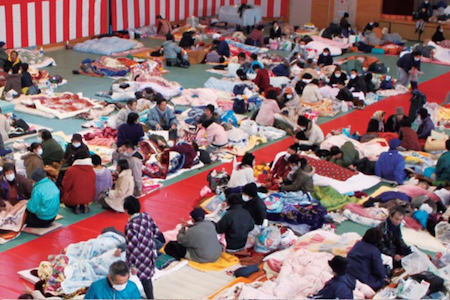 |
More than 150,000 people evacuated or were evacuated following the disasters of March 2011 |
Mar 11
Great East Japan Earthquake occurs & first evacuation orders issued
2:46 pm Great East Japan Earthquake occurred (Magnitude 9)
9:23 pm Evacuation orders issued for citizens living 3 km away from Fukushima Daiichi Nuclear Power Station (Fukushima Daiichi NPS)
Mar 12 to 15
Hydrogen explosions at 3 reactors at Fukushima Daiichi NPS. Evacuation orders are revised
Mar 12
5:44 am Evacuation orders issued for citizens living 10 km sway from Fukushima Daiichi NPS
3:36 pm Hydrogen explosion at Reactor No. 1 of Fukushima Daiichi NPS
6:25 pm Evacuation orders issued for citizens living 20 km
Mar 14
Hydrogen explosion at Reactor No. 3 of Fukushima Daiichi NPS
Mar 15
Hydrogen explosion at Reactor No. 4 of Fukushima Daiichi NPS
Citizens living between 20 km and 30 km from the power station were ordered to take refuge indoors
Apr 22
Evacuation zones and other restricted zones decided
These are categorized as either "Planned Evacuation Zones", "Emergency Evacuation Zones", or "Precaution Zones". Read more here. (PDF, 1.9MB)
Immediate Response (2011—2012)
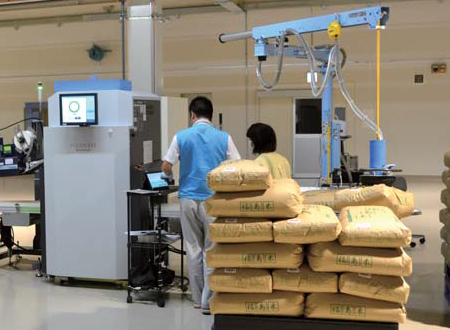 |
Strict monitoring being conducted on bags of rice |
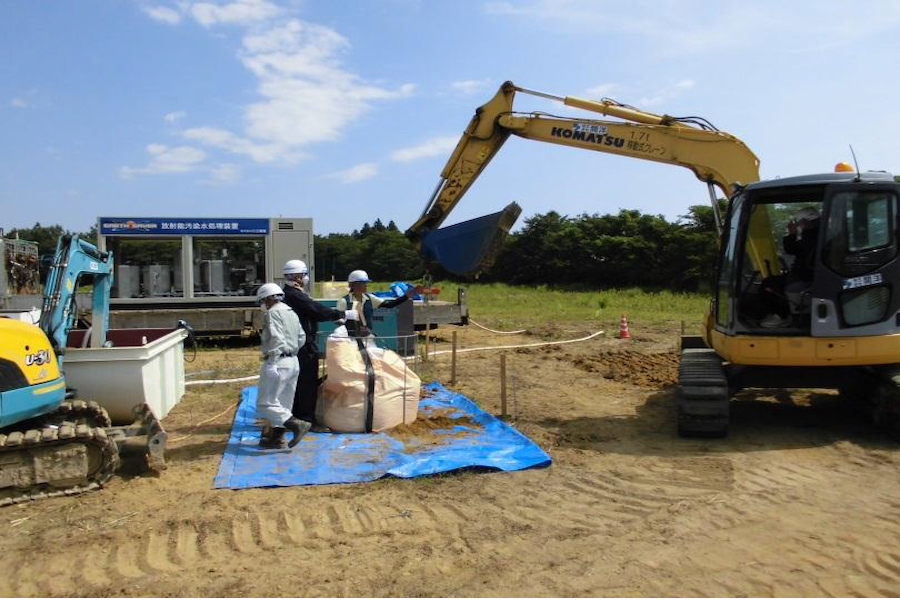 |
Removing soil as part of decontamination efforts |
2011
Decontamination efforts started
These include removing top soil, cleaning branches, leaves, and roof tiles, and the removal of contaminated waste. More info (PDF, 2.4MB)
Radiation monitors set up
Approximately 3,600 monitoring posts have been set up in schools, parks, and other public facilities throughout Fukushima Prefecture. These display radiation levels at that location, and every 10 minutes, automatically transmit collected data wirelessly to a server, providing an 24-hour monitoring system.
Strict food testing
This included the monitoring of foods and materials for agricultural production, and restricting the distribution of food with high radiation levels than permitted standards.
Cold shutdown status achieved at Fukushima Daiichi NPS
Achieving a cold shutdown means that the reactors have been brought to a stable state.
2012
Stricter food regulations introduced
Japan introduced the world’s strictest level of standards for managing radioactive contamination of food. Blanket check testing for all rice (PDF, 3.8MB) produced in Fukushima Prefecture started. Results of food testing is published online.
Apr 22
Exclusion zone reorganized into three categories
"Difficult-to-Return to Area", "Areas Preparing to Have Evacuation Orders Lifted", and "Habitation Restriction Area". Read more (PDF, 1.9MB) about the changes in areas under evacuation orders.
Efforts over the years (2013—2019)
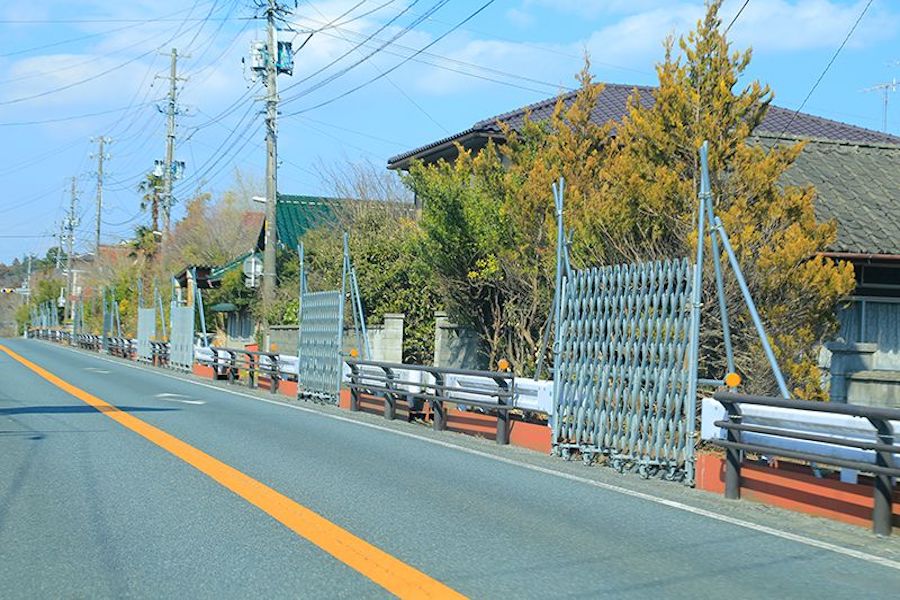 |
Barriers along the side of National Route 6 |
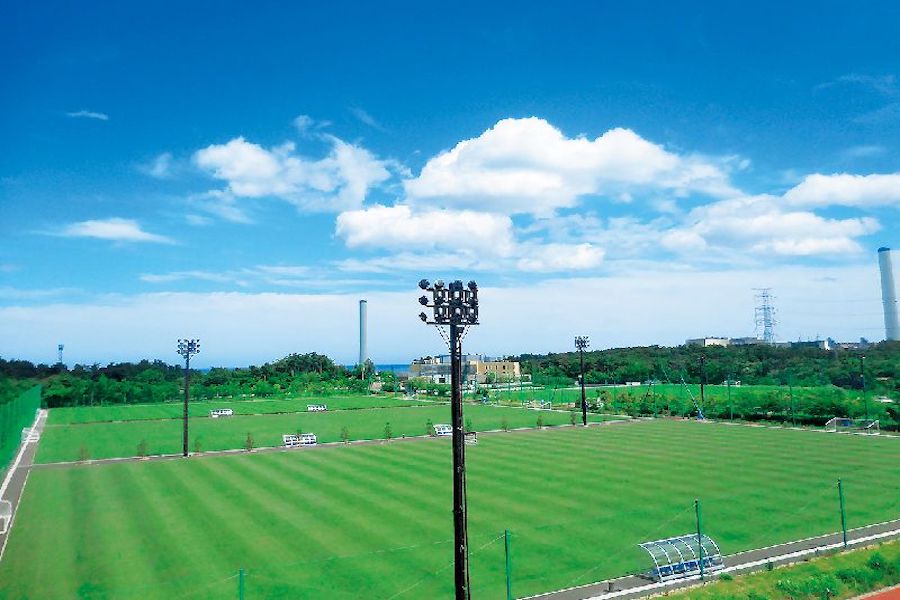 |
J-Village soccer training facility, which reopened in 2019 |
2014
Cars allowed to pass through Difficult-to-Return Zone (via Route 6).
Evacuation orders lifted in certain areas.
Evacuation orders lifted in Miyakoji (Tamura City) and Kawauchi Village. Kawauchi Village becomes first fully evacuated municipality to have its residents return.
Removal of all spent fuel from Unit 4 of Fukushima Daiichi NPS complete.
2016
Facilities open to develop technology to be used in decommissioning work.
Naraha Center for Remote Control Technology Development was built to develop remote-controllable machinery and devices for use in the decommissioning process.
Construction of interim storage
This facility was built for storing soil and waste removed during the decontamination process. More info (PDF, 1.3MB)
2018
All planned decontamination outside of the Difficult-to-Return Area completed.
Evacuation orders lifted in more towns.
Evacuation orders lifted for Iitate Village, Namie Town & Tomioka Town.
TEPCO announces decision to decommission Fukushima Daini NPS
International tourists numbers surpassed pre-2011 numbers.
2019
J-Village reopening.
Soccer training facility that was used after the disaster, as the frontline base of operations for dealing with the disaster. It was reopened in 2019 as a training facility once more.
Area under evacuation shrinks to less than 2.7% of the whole prefecture.
Moving forward (2020 onward)
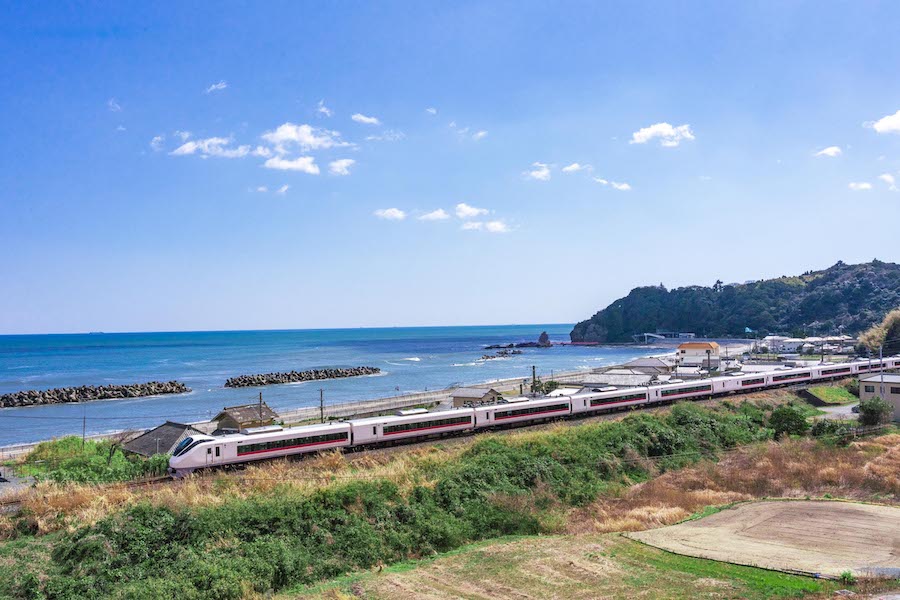 |
The reopened JR Joban Line improves the accessibility of coastal Fukushima from Tokyo |
2020
JR Joban Line fully reopens
Continued support for remaining evacuees
As of December 2019, there were still around 40,000 evacuees.
Opening of Fukushima Robot Test Field
This is one of the largest R&D facilities in the world, where robots used for disaster aid, logistics, and infrastructure can be tested in several different environments (land, sea and air).
Opening of the The Great East Japan Earthquake and Nuclear Disaster Memorial Museum and the Futaba Business Incubation and Community Center (F-BICC)
The Great East Japan Earthquake and Nuclear Disaster Memorial Museum shows visitors how Fukushima has dealt with an unprecedented disaster and its ongoing consequences. The museum has explanations in both English and Japanese.
The Futaba Business Incubation and Community Center (F-BICC) is a facility comprising convention rooms and office areas, a food court, a shop, and a local community center, bringing visitors and residents together.
2021
Restrictions on fishing lifted for the first time in 11 years at the Kido River (Naraha Town)
Opening of the Tomioka Archive Museum (Tomioka Town) and the Remains of Ukedo Elementary School (Namie Town)
Agricultural product exports from Fukushima reach record high
432 tons of agricultural produce were exported during the fiscal year 2021, reaching a record high that exceeded pre-disaster levels. Out of the 55 countries and regions that imposed import restrictions on food products from Fukushima immediately following the nuclear accident, 41 had lifted them by 2021.
2022
Evacuation orders partially lifted in Futaba and Okuma towns
JR Tadami Line reopens fully
After some parts of the line halted operations due to damage caused by heavy rains and floods in 2011, the JR Tadami Line fully resumed operations in October 2022.
From now
Decommissioning of Fukushima Daiichi NPS
This includes taking out fuel debris, and removal of the remaining spent fuel. The decommissioning process is expected to take around 40 years. (PDF, 1MB)
Continuing decontamination efforts & infrastructure revitalization
Decontamination and reconstruction efforts continue along the coastal area of Fukushima. Demolition of houses and buildings damaged by the earthquake and tsunami continues. Moreover, infrastructure development for returning and new residents is underway, with new schools, hospitals, shopping centers, roads, and public transportation access being developed.
Continuing support for evacuees
Residents who had to evacuate following the nuclear accident have faced immense challenges over the past decade. As part of Fukushima’s revitalization efforts, support and consultation desks have been established for evacuees.
Planned discharge of ALPS-treated water currently stored at the Fukushima Daiichi Nuclear Power Station
Water has been used continuously to cool the reactors at the Fukushima Daiichi Nuclear Power Station since the reactor meltdowns in 2011. When the water comes into contact with the reactors and debris, it becomes contaminated. Contaminated water has been stored and treated, and the space available to store it is now nearing full capacity.
The water is treated through a process called Advanced Liquid Processing System (ALPS), which removes several radioactive substances but not tritium, a radioactive, naturally-occurring form of hydrogen. In 2021, a plan was announced to discharge ALPS-treated water from the TEPCO Fukushima Daiichi Nuclear Power Station into the ocean.
The plan is to dilute the tritium in the water below regulatory standards. The International Atomic Energy Agency (IAEA) will monitor and verify the discharge to ensure it meets international safety standards. You can read more about the plans to discharge ALPS-treated water here and on the IAEA’s official website.
Continuing efforts to recover from Fukushima’s reputational damage
Fukushima continues to face harmful rumors and misinformation. We are striving to spread accurate information about the current situation in the prefecture and the charms of Fukushima and its people.
Recovery of visitors
Fukushima's revitalization can be seen in the increasing number of visitors to the region over the years. Since 2011, the number of international overnight visitors has been rising steadily year on year, reflecting the fact that Fukushima is open for business and welcoming to all.
Source: JTA (Japan Tourism Agency)
What the experts say
 ”The Japanese authorities are carrying out comprehensive checks to monitor radiation in the area surrounding Fukushima" UK Travel Advice
”The Japanese authorities are carrying out comprehensive checks to monitor radiation in the area surrounding Fukushima" UK Travel Advice  "Extensive decontamination, monitoring, and regulations have made food from around Fukushima perfectly safe." WIRED (Interview with Dr Sae Ochi), Mar 2015
"Extensive decontamination, monitoring, and regulations have made food from around Fukushima perfectly safe." WIRED (Interview with Dr Sae Ochi), Mar 2015
“The no-entry zone around the nuclear plant makes up less than 3% of the prefecture's area, and even inside most of the no-entry zone, radiation levels have declined far below the levels that airplane passengers are exposed to at cruising altitude. Needless to say, Fukushima is perfectly safe for tourists to visit.” Japan-guide.com
“Fukushima’s agriculture suffered drastically after the earthquake and the nuclear power accident that followed, but as a result of thorough safety measures implemented through national efforts, foods produced in Fukushima have been recognized as safe by the FAO (Food and Agriculture Organization of the United Nations), as well as by many individual countries, and the prefecture’s exports are increasing. Japan hopes that more and more people will enjoy the safe and delicious foods from Fukushima in the years to come”. The Government of Japan
“Controlled water discharges into the sea are routinely used by operational nuclear power plants in the world. The method Japan has chosen is both technically feasible and in line with international practice.” Rafael Mariano Grossi, Director General of the International Atomic Energy Agency
Official resources
- Fukushima Updates (Reconstruction Agency)
- Fukushima Today (METI)
- Ministry of the Environment
- Fukushima Revitalization Station
- Nuclear Regulation Authority, Japan
- Fukushima Prefecture's Radioactivity Measurement Map
- Fukushima Prefecture Revitalization Station
- Japan Atomic Energy Agency
- Fukushima with Infographics
- Fukushima Hamadori Coastal Area